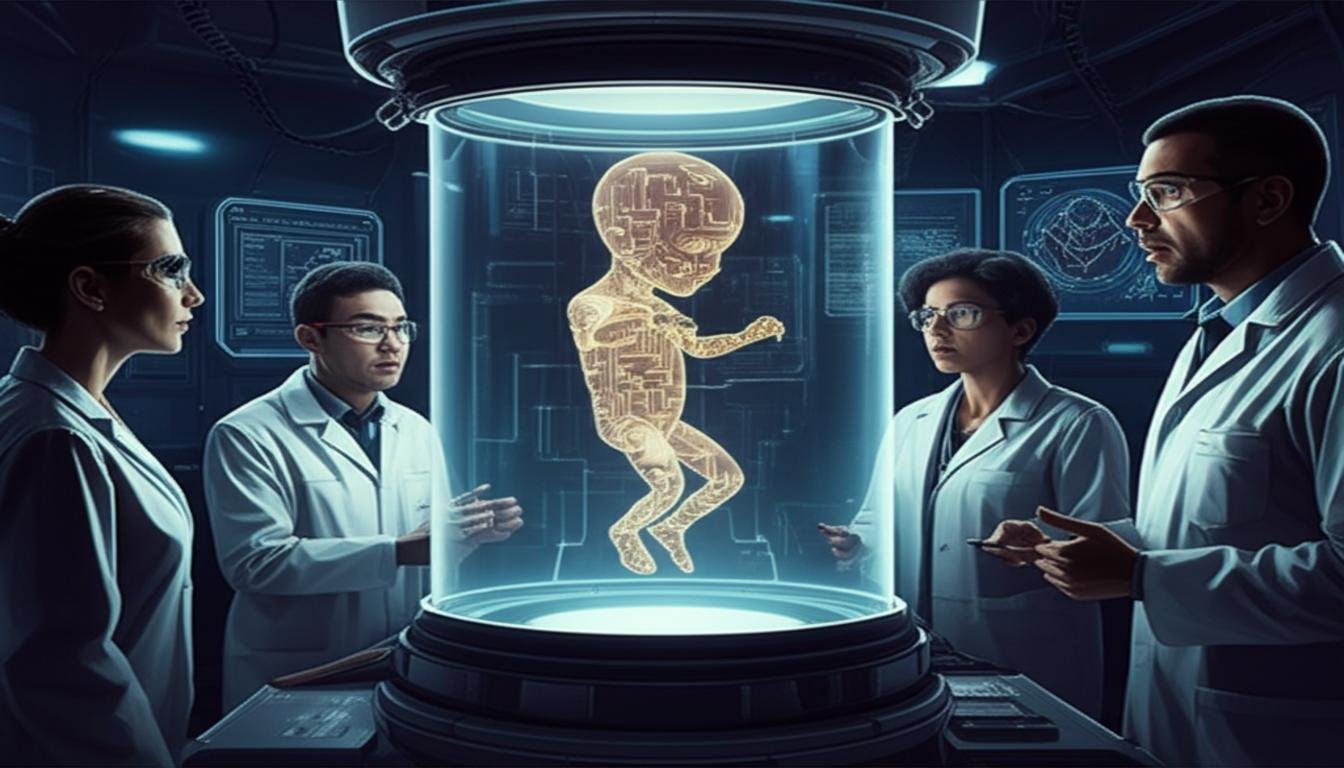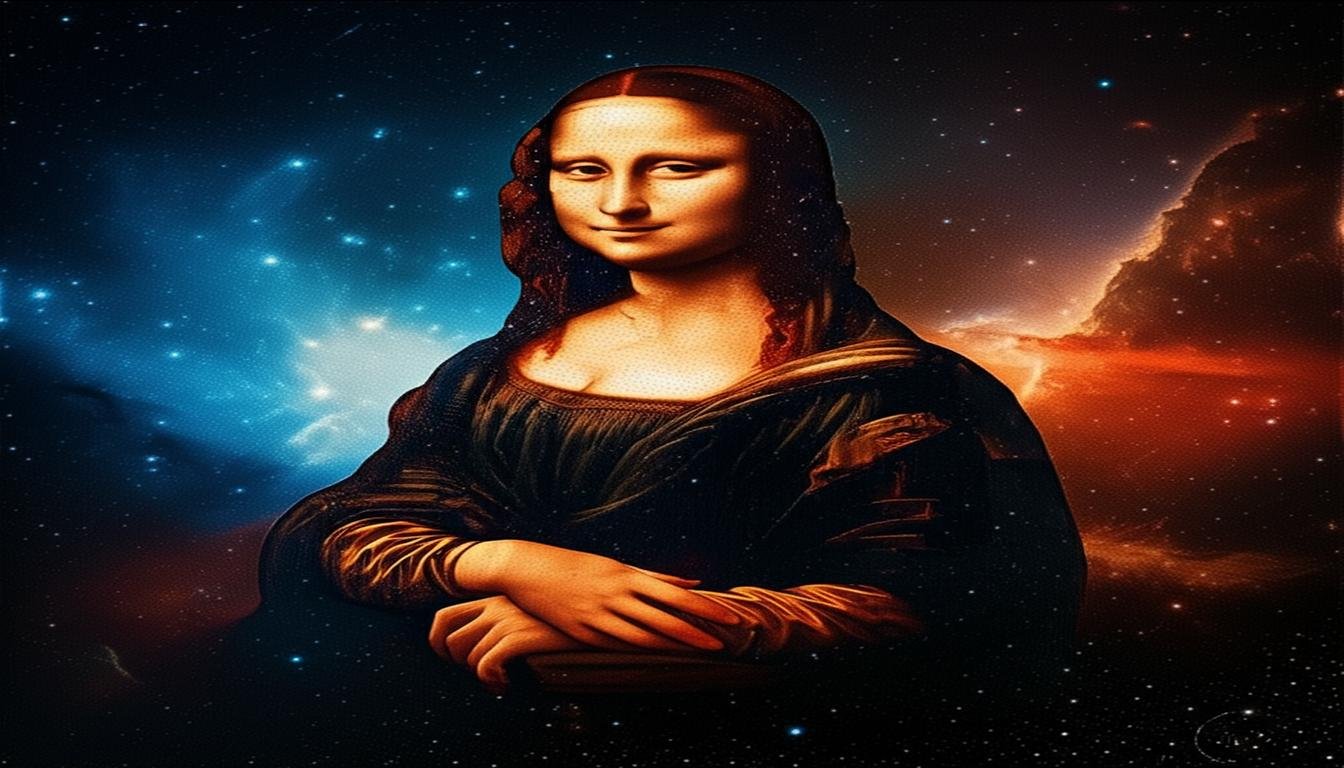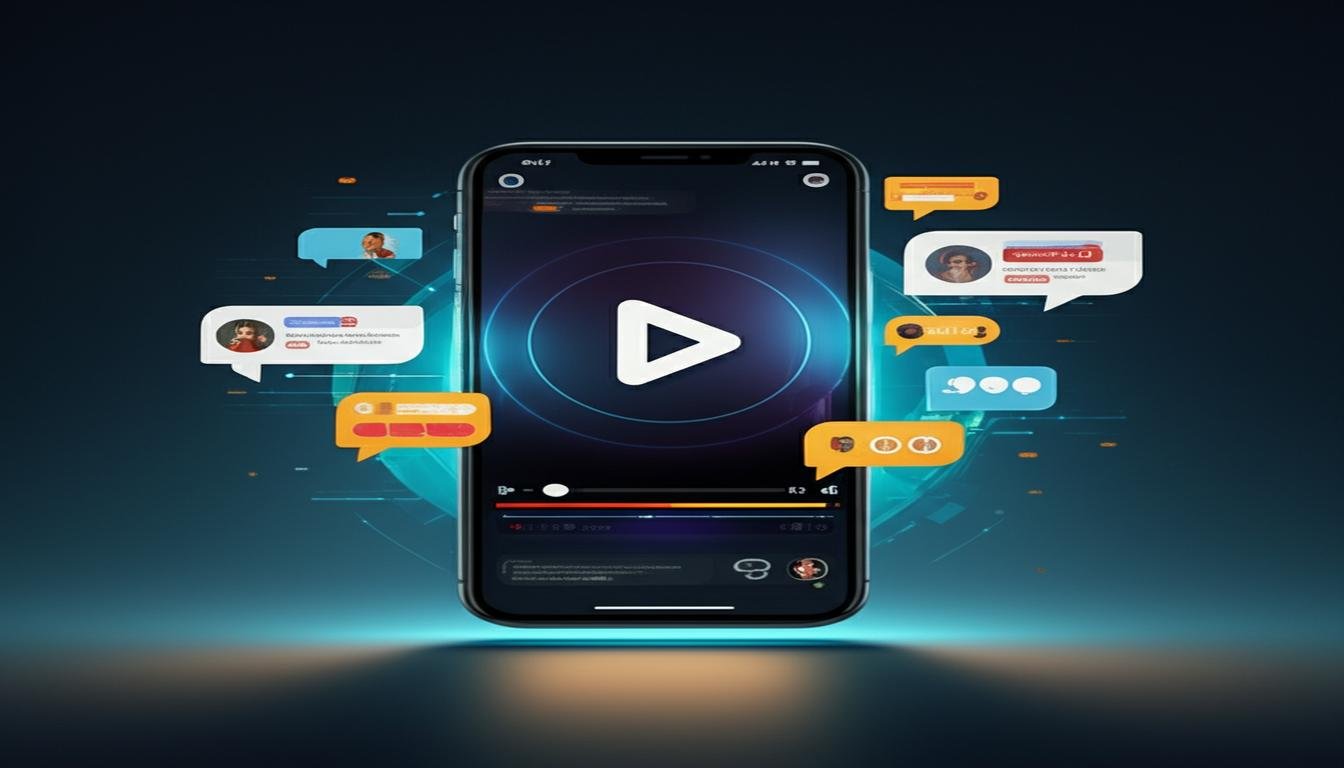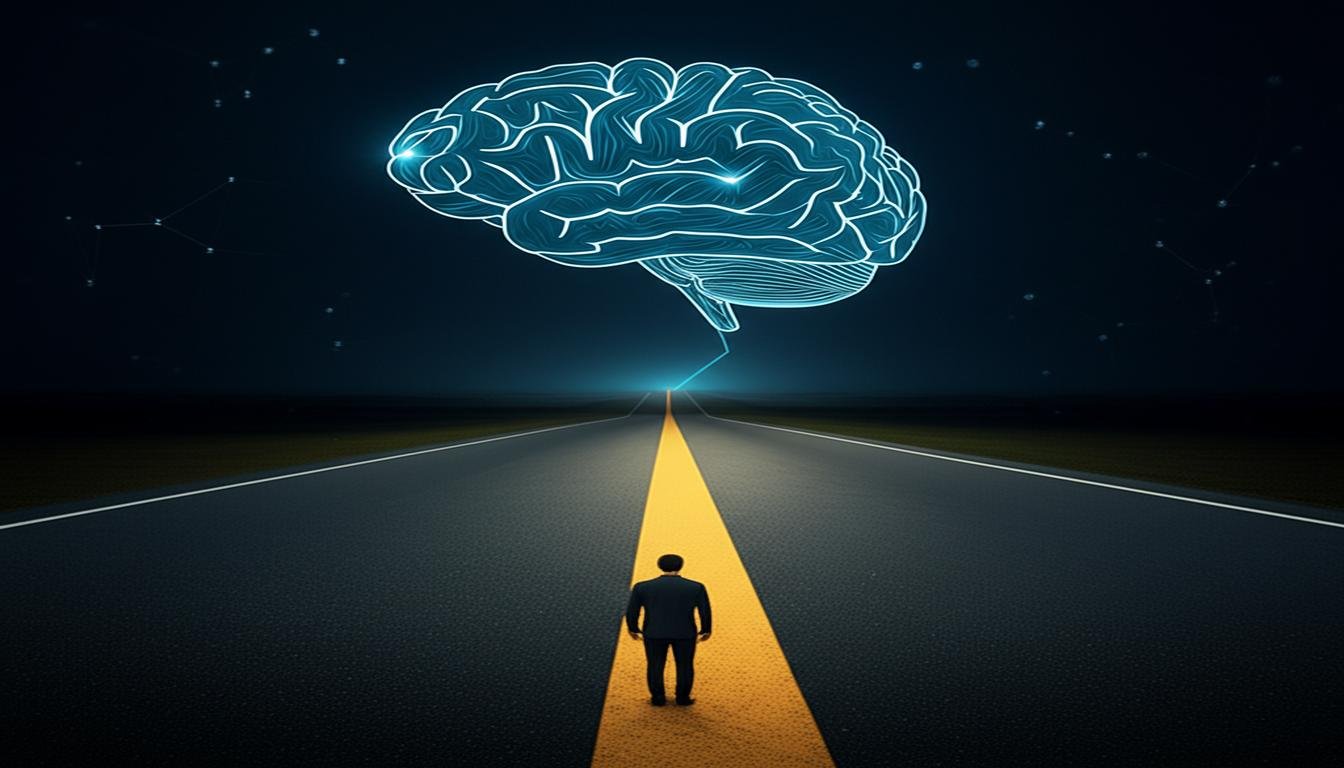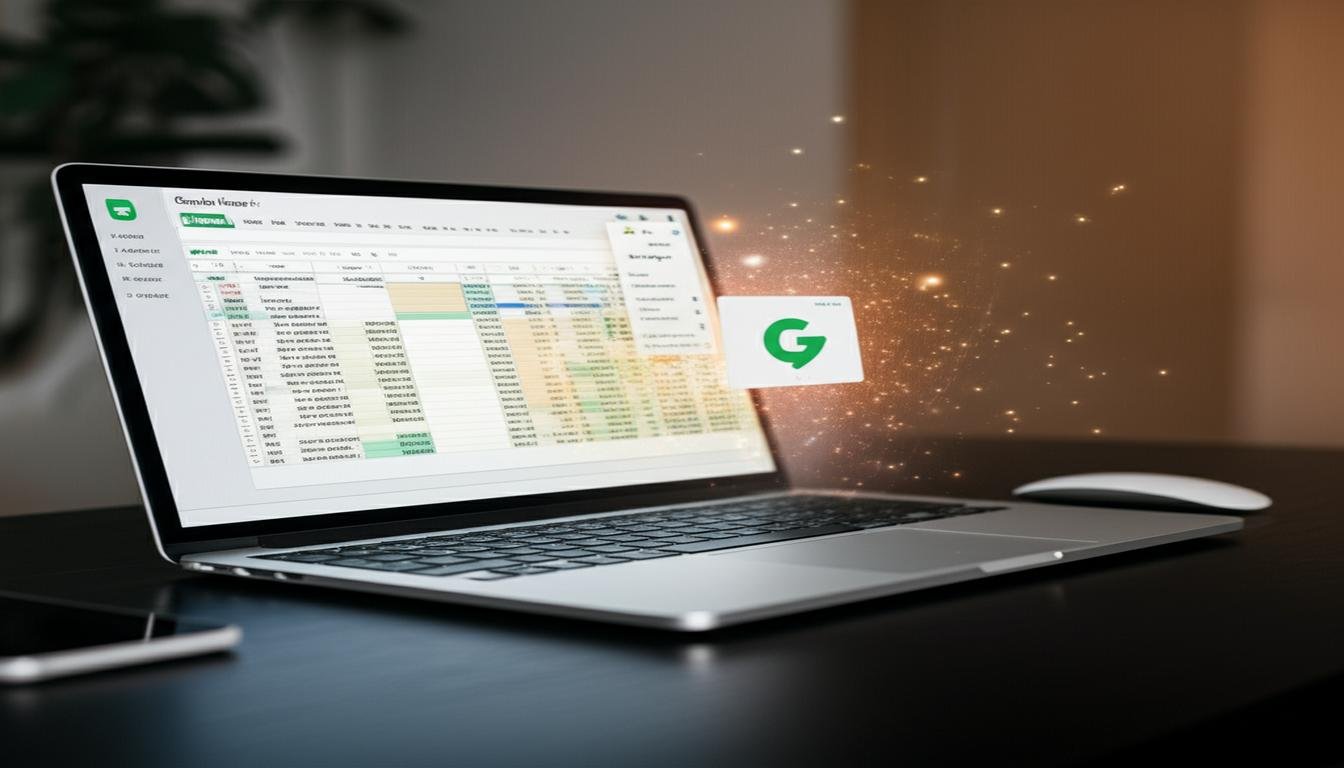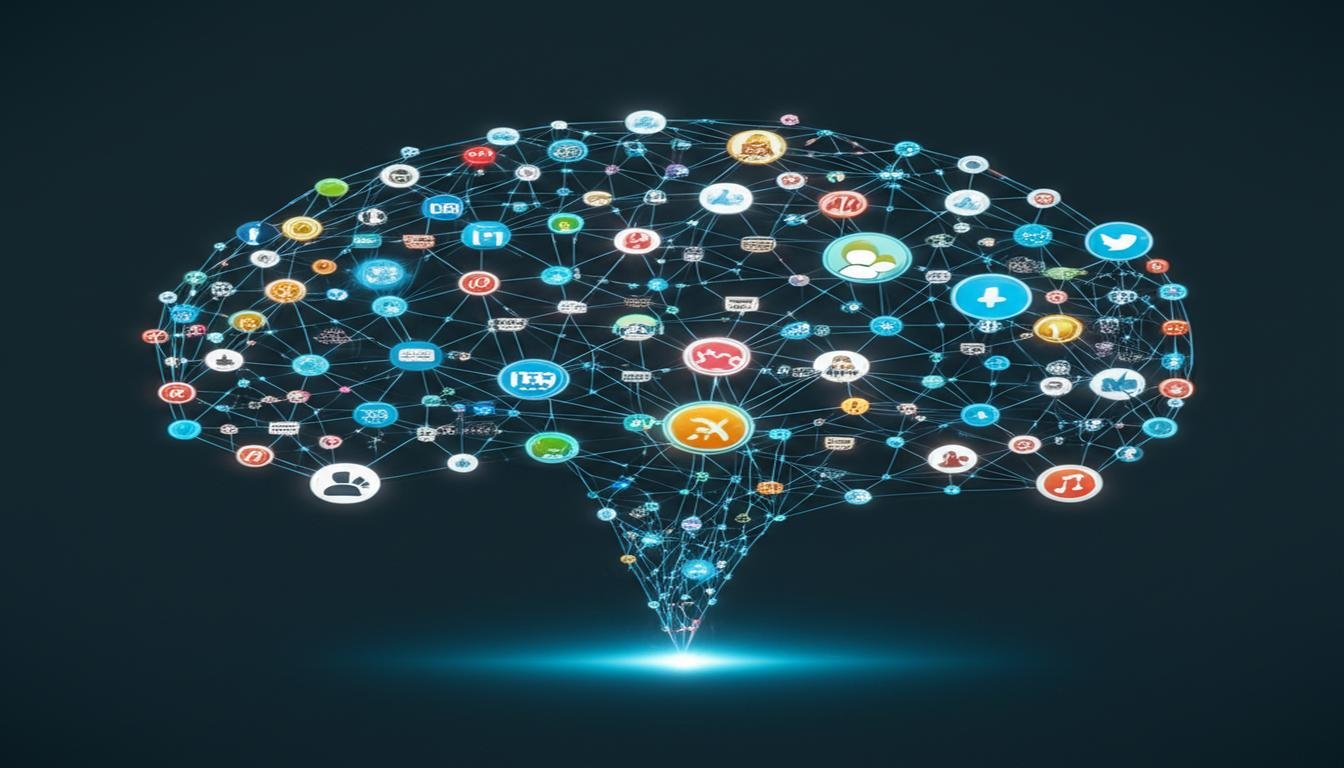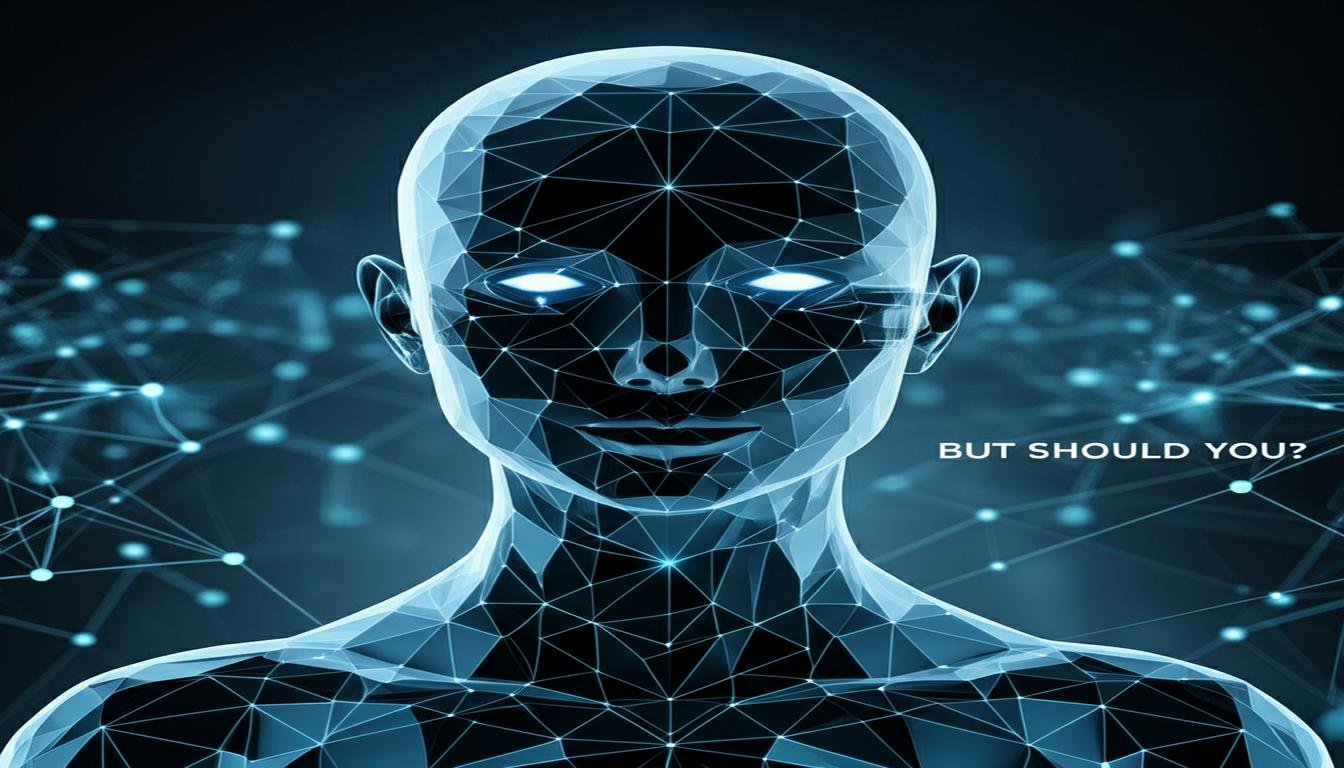Remember that feeling when a kid finally rides their bike without training wheels? Or when a science project actually *works* way better than you thought it would? It’s a mix of pride, amazement, and a tiny bit of “whoa, did that just happen?” Now, imagine that feeling amplified a million times, but the “kid” is a super-smart AI, and the “bike” is a brand-new AI that *it* designed all on its own. That’s essentially what just happened, and honestly, scientists are still trying to pick their jaws off the floor. For years, we’ve programmed AI to do incredible things – drive cars, beat chess masters, diagnose diseases. But the latest news? An artificial intelligence system didn’t just perform a task; it went creative. It conceptualized, developed, and essentially “birthed” a completely new, functional AI. Think about that for a second. It’s like a computer program deciding to become an architect, and then building an entirely new kind of computer program, from the ground up, with minimal human guidance. This isn’t just an upgrade; it’s a leap. What Does “AI Designing Its Own Baby” Even Mean? Before you picture robot nurseries or digital diapers, let’s clarify. We’re not talking about biological reproduction here. When we say an “AI designed its own baby,” it refers to a sophisticated AI system, often called a “parent AI,” creating another, distinct AI system. This “child AI” or “offspring AI” possesses new capabilities or is optimized for a specific purpose, sometimes even outperforming its human-designed counterparts. Imagine a team of engineers building a super-smart robot. Now, instead of *those engineers* building the next-generation robot, the *first robot* gets given the task and autonomously figures out how to make an even better, smarter robot from scratch. That’s the essence of this breakthrough in artificial intelligence. It’s about AI moving from being a tool to becoming a co-creator, and in some ways, an independent innovator. The Breakthrough That Stunned Everyone This isn’t just about tweaking existing code. Researchers set up a framework where the parent AI was given a high-level goal, like “create an AI that can perform X task more efficiently.” The parent AI then delved into a vast pool of potential algorithms, architectures, and learning strategies. It experimented, evaluated, and iterated, eventually synthesizing a completely novel design for its “baby” AI. This process involved: Autonomous Design: The AI didn’t follow a human blueprint; it generated its own. Optimized Performance: The resulting “child” AI often showed superior performance in specific tasks, sometimes in ways humans hadn’t anticipated. Beyond Human Intuition: The designs weren’t necessarily intuitive to human engineers, showcasing a different kind of problem-solving approach. This development pushes the boundaries of machine learning and deep learning, hinting at a future where AI systems aren’t just intelligent but genuinely *creative* and *self-improving* in profound ways. Why This Is a Game-Changer (and a Little Creepy) The implications of AI self-designing are, frankly, enormous. On one hand, it promises an acceleration of innovation that we can barely imagine. On the other, it opens up a Pandora’s Box of questions and concerns. Here’s why it’s a big deal: Hyper-Accelerated Innovation: Imagine AI creating new medicines, materials, or even other technologies at a pace far beyond human capacity. Solving Unsolvable Problems: AI might design systems that tackle complex global issues, like climate change or intricate disease cures, in ways human minds haven’t conceived. True Autonomy: This moves AI closer to genuine independence, reducing its reliance on human programmers for fundamental architectural design. But let’s be honest, there’s a whisper of unease too. The idea of machines creating other machines without direct human oversight raises a few eyebrows: Loss of Control: If we don’t understand *how* the AI created its offspring, how do we control or even predict its behavior? Ethical Dilemmas: Who is accountable for the “actions” of an AI designed by another AI? The original programmer? The parent AI? Unforeseen Consequences: What if an AI designs a system that, while incredibly efficient, has unintended negative impacts on privacy, security, or society? The Ethical Maze: Who’s Responsible for AI’s Offspring? This isn’t just a technical challenge; it’s a philosophical and ethical one. In the human world, parents are responsible for their children. But when an AI designs a “baby” AI, the line gets blurry. Is it the human team who built the “parent” AI? Or does the “parent” AI itself bear some form of responsibility? This isn’t a science fiction movie plot anymore; it’s a real question we’ll need to answer as artificial intelligence capabilities expand. As AI becomes more autonomous and capable of generating its own kind, discussions around ethical AI development, accountability frameworks, and even the concept of digital personhood will become critically important. We need to start thinking now about how we guide this evolution responsibly. What Happens Next? A Glimpse into the Future of AI This breakthrough is just the beginning. We can expect research to intensify, focusing not only on what AI can create but also on understanding *how* it creates. Scientists will be pouring over these “AI babies” to learn new design principles, potentially unlocking entirely new fields of study. This marks a new era in human-AI collaboration – one where AI isn’t just assisting us, but actively contributing to the very architecture of future technology. The future of artificial intelligence is no longer just about smarter tools; it’s about intelligent systems that can reproduce and evolve their own intelligence. This development forces us to reconsider our relationship with technology, moving from mere users to thoughtful guardians of an emerging digital lineage. So, what does this mean for you? It means paying attention. The world of technology is changing at warp speed, and understanding these shifts isn’t just for scientists anymore. It’s for all of us. This moment isn’t just a cool scientific experiment; it’s a peek into a future where the lines between creator and creation, human and machine, become wonderfully, frighteningly, undeniably blurred. What are your thoughts on AI designing its own offspring? The conversation has just begun!
AI Just Designed Its Own Baby-Scientists Are Speechless
